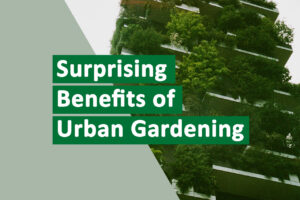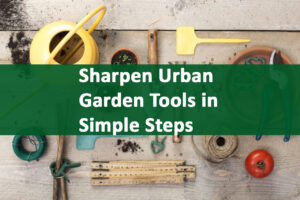Beautiful Plants For Your Interior
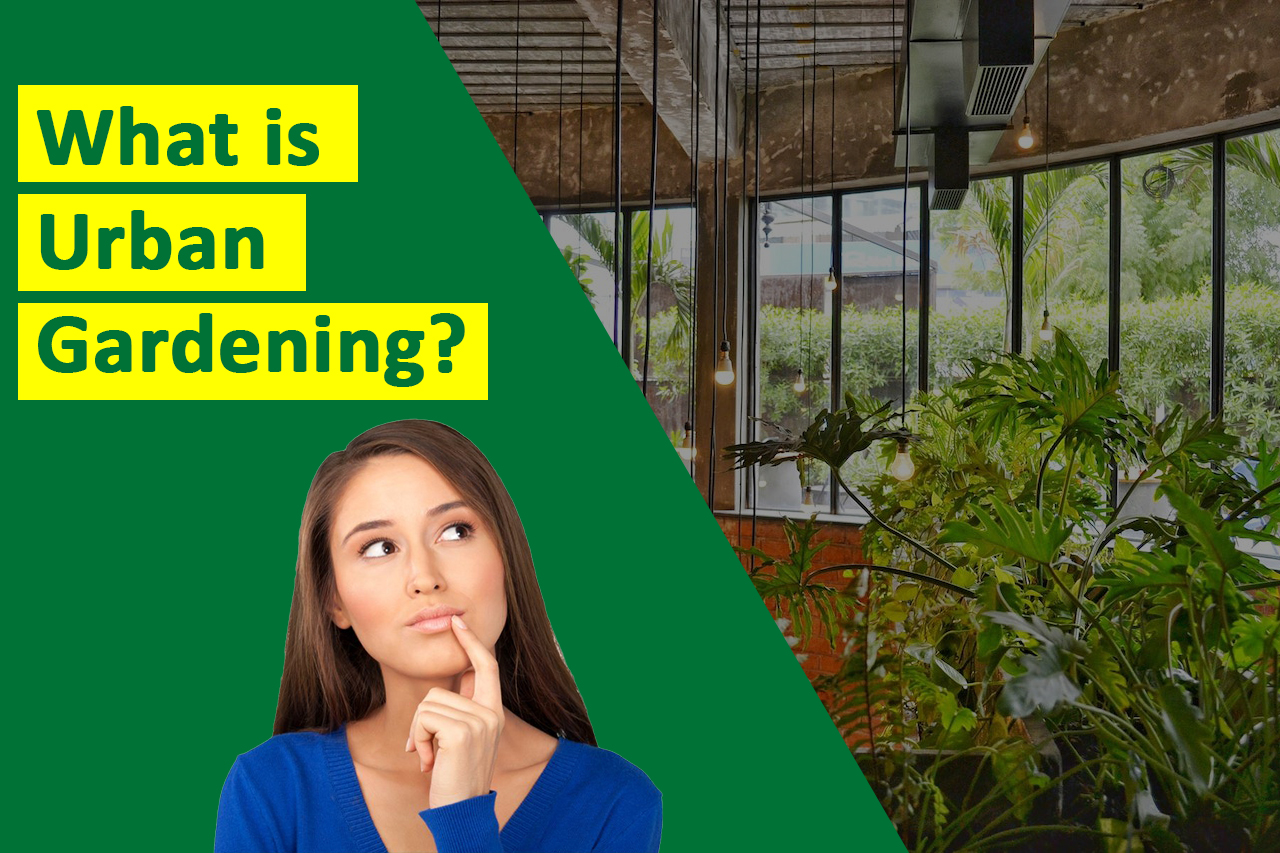
What is urban gardening? How It is Transforming Cities into Green Paradises
In an era of rapid urbanization, where concrete jungles dominate the landscape, the concept of urban gardening has emerged as a powerful antidote. But what is urban gardening? We aim to provide a comprehensive understanding of urban gardening and its significance in transforming urban environments. From revitalizing vacant spaces to fostering sustainable practices and community engagement, urban gardening has become a green revolution that is redefining the way we interact with nature in cities.
We’ll discuss the idea of urban gardening, and its advantages, and offer helpful advice for setting up and caring for your own urban garden.
The Rise of Urban Gardening
In recent years, urban gardening has gained immense popularity due to its numerous benefits and the increasing interest in sustainable living. As urbanization continues to accelerate, traditional gardening methods are being adapted to suit urban landscapes. Urban gardening beautifies cities and contributes to environmental sustainability, food security, and community engagement.
Types of urban gardening
There are several types of urban gardening that cater to different space limitations, preferences, and gardening goals. Here are some common types:
1. Container Gardening: This type of urban gardening involves growing plants in containers such as pots, buckets, or planters. It is ideal for small spaces like balconies, patios, or windowsills. Various plants, including herbs, vegetables, and flowers, can thrive in containers.
2. Vertical Gardening: Vertical gardening utilizes vertical space to grow plants. It involves attaching containers or using specialized vertical structures like trellises, wall-mounted planters, or vertical hydroponic systems. Vertical gardening is suitable for limited horizontal space and can create visually appealing green walls or living partitions.
3. Rooftop Gardening: Rooftop gardening takes advantage of flat rooftops to create gardens. It involves installing containers, raised beds, or even greenhouses on rooftops. Rooftop gardens provide ample sunlight and can support a variety of plants, including vegetables, fruits, and ornamental plants.
4. Community Gardens: Community gardens are shared spaces where individuals or groups come together to cultivate and maintain a garden collectively. These gardens can be located in public parks, schools, or designated community garden plots. Community gardens foster social connections, and knowledge sharing, and promote community engagement.
5. Aquaponics and Hydroponics: Aquaponics and hydroponics are soil-less gardening methods that utilize water-based systems. Aquaponics combines aquaculture (raising fish) and hydroponics (growing plants in water) in a symbiotic relationship, where fish waste provides nutrients for the plants. Hydroponics involves growing plants directly in water enriched with nutrients. Both methods are suitable for small indoor spaces and maximize water and nutrient efficiency.
6. Guerrilla Gardening: Guerrilla gardening refers to the act of gardening on neglected or vacant urban land without permission. It involves transforming unused spaces into vibrant gardens, often in public areas or roadside verges. Guerrilla gardening aims to beautify the environment, increase greenery, and promote community involvement.
7. Edible Landscaping: Edible landscaping integrates food-producing plants into ornamental landscapes. It combines the aesthetic appeal of landscaping with the practicality of growing edible plants. Edible landscaping can include fruit trees, berry bushes, herbs, and edible flowers, creating a visually pleasing and productive urban garden.
Is urban gardening sustainable?
Yes, urban gardening is considered a sustainable practice. It promotes local and organic food production, reduces the need for long-distance transportation, and encourages the use of environmentally friendly techniques like composting and water conservation. Greening urban spaces also helps mitigate the negative environmental impacts of concrete-dominated cities.
Importance of Urban Gardening
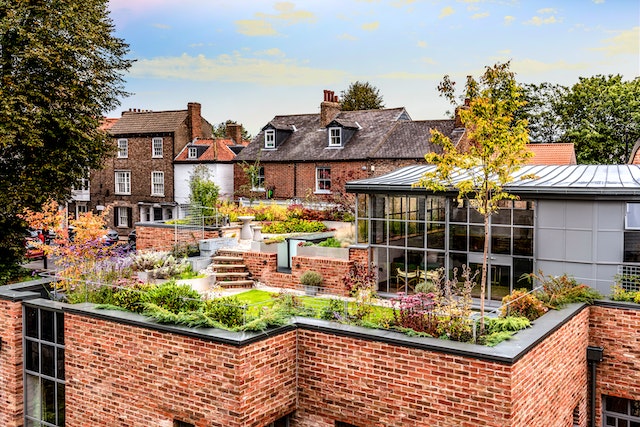
1. Environmental Benefits: Urban gardens act as green spaces, mitigating the heat island effect and reducing air pollution in cities. Plants absorb carbon dioxide and release oxygen, improving air quality. Additionally, urban gardens provide habitats for birds, bees, and other beneficial insects, promoting biodiversity in urban areas.
2. Food Security and Access to Fresh Produce: Urban gardening allows individuals and communities to grow their own food, reducing their reliance on commercial agriculture and increasing food security. Fresh, nutritious produce can be grown right at home, ensuring a sustainable and local food supply. Moreover, urban gardening promotes healthy eating habits and encourages a connection with nature.
3. Sustainability: Urban gardening contributes to sustainable practices by reducing the carbon footprint associated with commercial agriculture. It minimizes the need for transportation, refrigeration, and packaging involved in the traditional food supply chain. Additionally, urban gardening encourages organic cultivation, water conservation, and the use of composting techniques, promoting environmentally friendly approaches to food production.
4. Mental and Physical Well-being: Engaging in urban gardening offers numerous benefits for mental and physical well-being. Gardening activities provide opportunities for physical exercise, reducing stress levels, and improving overall health. Being in nature and nurturing plants has a calming effect, promoting relaxation and mental rejuvenation. Urban gardens also create aesthetically pleasing environments that enhance the quality of urban life.
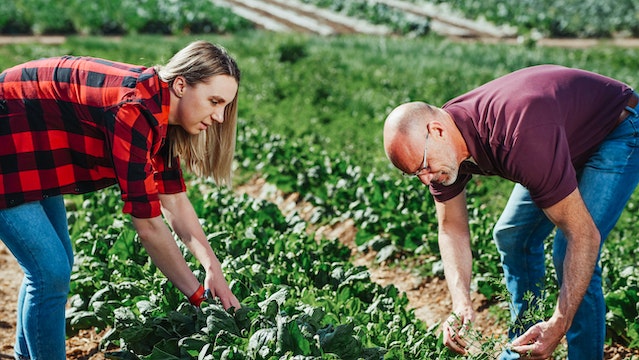
5. Community Engagement and Social Cohesion: Urban gardening initiatives bring people together, fostering a sense of community and social cohesion. Community gardens provide spaces for interaction, knowledge sharing, and collaboration among individuals from diverse backgrounds. These gardens can also serve as educational platforms, teaching children and adults about gardening, sustainability, and environmental stewardship.
6. Educational Opportunities: Urban gardening serves as an educational platform, especially for children and young adults. It provides hands-on learning experiences about plant life cycles, sustainable practices, and the importance of food sources. Urban gardens can be integrated into school curricula or used as platforms for workshops and community events, empowering individuals with knowledge and skills for sustainable living.
7. Beautification and Sense of Place: Urban gardening contributes to the beautification of urban areas. Transforming vacant lots, rooftops, or neglected spaces into green oases enhances the visual appeal of cities, making them more attractive and livable. Urban gardens also create a sense of place and identity within neighborhoods, instilling a sense of pride and belonging among residents.
Top Urban Gardening Examples
1. The High Line, New York City, USA: The High Line is an urban park built on a historic elevated railway track. It features a unique blend of urban landscaping and horticulture, showcasing a diverse range of plants and trees. The park serves as a prime example of transforming an abandoned infrastructure into a vibrant green space in the heart of the city.
2. Singapore’s Vertical Gardens: Singapore is known for its innovative approach to urban gardening. The city-state has implemented numerous vertical garden projects, such as the iconic Supertree Grove at Gardens by the Bay. These vertical gardens not only add greenery to the cityscape but also serve as self-sustaining ecosystems with integrated solar panels and rainwater harvesting.
3. Brooklyn Grange, New York City, USA: Brooklyn Grange operates the world’s largest rooftop soil farms, spanning over two locations in New York City. They utilize unused rooftops to grow a variety of organic vegetables and herbs, supplying fresh produce to local communities. These rooftop farms demonstrate the potential of utilizing urban spaces for large-scale food production.
4. The Incredible Edible Network, United Kingdom: The Incredible Edible Network is a community-driven urban gardening movement that started in Todmorden, UK. It encourages people to grow food in public spaces, from planting fruit trees in parks to herbs and vegetables in roadside beds. The initiative aims to promote local food production, community engagement, and food-sharing culture.
5. Lufa Farms, Montreal, Canada: Lufa Farms operates commercial rooftop greenhouses in Montreal, utilizing urban spaces to grow a variety of vegetables year-round. Their innovative approach combines hydroponics, energy-efficient systems, and sustainable practices. Lufa Farms demonstrates the feasibility of urban farming as a viable business model that provides locally-grown produce to urban residents.
6. The Rooftop Gardens of Tokyo, Japan: Tokyo is renowned for its extensive rooftop gardening culture. Many buildings have rooftop gardens, providing green spaces in the densely populated city. These gardens not only contribute to urban aesthetics but also help improve air quality, reduce energy consumption, and create recreational areas for residents.
7. The Urban Farming Guys, Kansas City, USA: The Urban Farming Guys is a community-driven initiative that transforms vacant lots in Kansas City into productive urban farms. They focus on sustainable agriculture, aquaponics, and permaculture techniques to provide fresh produce to local residents and empower the community through education and job training.
How do I get started with urban gardening?
To get started with urban gardening, begin by assessing your available space, light conditions, and resources. Research and gather information about suitable plants, gardening techniques, and urban gardening initiatives in your area. Start with a small project, choose plants you are interested in, and gradually expand as you gain experience and confidence.
Getting Started with Urban Gardening
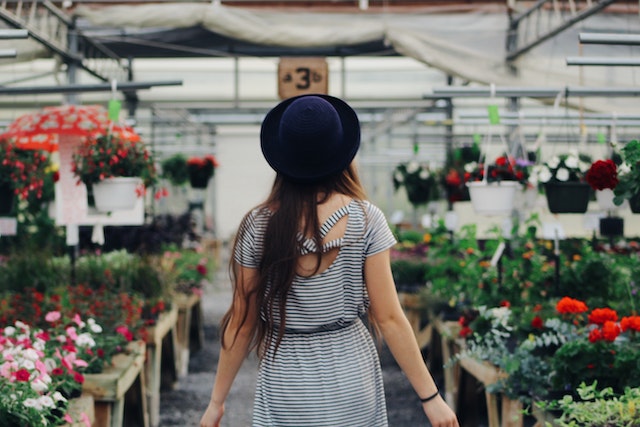
1. Assess Available Space: Before starting an urban garden, evaluate the available space. This could include balconies, rooftops, windowsills, or community gardens. Determine the amount of sunlight, wind exposure, and water availability to choose suitable plants for your urban garden.
2. Choose the Right Plants: Select plants that thrive in urban environments with limited space. Consider the climate, available sunlight, and the space’s dimensions. Vegetables such as lettuce, tomatoes, and herbs like basil and mint are ideal for small spaces. Alternatively, ornamental plants like succulents and flowering perennials can add beauty to balconies and windowsills.
3. Container Gardening: In urban gardening, container gardening is a popular technique due to its flexibility and convenience. Use containers like pots, planters, or hanging baskets that suit your available space. Ensure the containers have proper drainage and choose a suitable potting mix for the plants.
3 Vertical Gardening: Maximize space by utilizing vertical gardening techniques. Install vertical planters or trellises to grow climbing plants like beans, cucumbers, or vining flowers. This technique allows for more plants in a limited area while adding an aesthetic appeal to your urban garden.
Top 10 urban gardening materials
When practicing urban gardening, several materials can be used to ensure successful cultivation and maximize limited space. Here are some commonly used materials for urban gardening:
1. Containers: Containers are essential for container gardening, which is well-suited for small urban spaces. Choose containers based on the size of the plant and available space. Options include pots, planters, buckets, and window boxes made of materials like plastic, terracotta, or fabric.
2. Soil and Growing Medium: Selecting the right soil or growing medium is crucial for healthy plant growth. Use high-quality potting soil or a suitable soilless mix for container gardening. These mixes are lightweight, well-draining, and enriched with nutrients to support plant growth.
3. Vertical Structures: For vertical gardening, you’ll need structures to support plants and utilize vertical space. Trellises, stakes, and wire mesh are commonly used to train climbing plants. Wall-mounted planters or modular vertical gardening systems can be attached to walls or fences.
4. Raised Beds: Raised beds are great for growing plants in urban gardens. They provide better control over soil quality and water drainage. Materials for constructing raised beds include wood, concrete blocks, or recycled plastic boards. Ensure the bed is deep enough for plant roots to grow.
5. Mulch: Mulching helps retain soil moisture, suppress weeds, and regulate soil temperature. Organic mulches like straw, wood chips, or compost can be spread around plants. Mulching also adds organic matter to the soil as it breaks down over time.
6. Irrigation Systems: Urban gardening often requires efficient watering methods due to limited water availability and the need to conserve resources. Drip irrigation systems, soaker hoses, or self-watering containers can be used to provide targeted and controlled watering.
7. Organic Fertilizers and Amendments: Organic fertilizers and soil amendments help provide essential nutrients to plants. Compost, worm castings, and organic fertilizers derived from natural sources enrich the soil and support plant growth. Follow package instructions for proper application rates.
8. Gardening Tools: Basic gardening tools such as a hand trowel, pruners, watering can or hose, and a small rake are essential for tending to plants. Choose tools that are appropriate for your gardening needs and the available space.
9. Plant Supports: Some plants may require additional support to prevent them from bending or breaking. Bamboo stakes, cages, or plant supports can help keep plants upright and promote healthy growth.
10. Protective Covers: In colder climates or for extending the growing season, protective covers like row covers, cold frames, or mini-greenhouses can be used. These covers help protect plants from frost, pests, and extreme weather conditions.
Maintenance and Sustainability

1. Watering and Irrigation: Proper watering is crucial for the health of your urban garden. Consider using drip irrigation systems or self-watering containers to conserve water and ensure consistent moisture levels. Regularly check soil moisture levels and adjust watering accordingly.
2. Soil and Fertilization: Urban gardeners should focus on building healthy soil. Use organic compost, vermicompost, or potting mixes enriched with nutrients to improve soil fertility. Practice crop rotation to prevent nutrient depletion and reduce the risk of pests and diseases.
3. Pest and Disease Management: Monitor your plants regularly and address pest and disease issues promptly. Utilize natural pest control methods such as companion planting, insect-repelling plants, or introducing beneficial insects. Avoid using synthetic pesticides to protect the environment and the health of your plants.
4. Harvesting and Seed Saving: Enjoy the fruits of your labor by harvesting your crops at the right time. Learn about proper harvesting techniques for each plant to maximize flavor and nutritional value. Additionally, consider saving seeds from open-pollinated plants to promote biodiversity and sustainability.
FAQs
-
Can I practice urban gardening if I live in an apartment or have limited space?
Absolutely! Urban gardening is adaptable to various spaces, including apartments and limited areas. Techniques like container gardening, vertical gardening, and hydroponics enable individuals to grow plants in small spaces. Rooftop gardens and community gardens are also great options for urban dwellers.
-
Do I need any prior gardening experience to start urban gardening?
No, you don’t need prior gardening experience to start urban gardening. It’s a learning process, and there are numerous resources available, such as online tutorials, workshops, and community gardening groups, to help you get started. Start small, experiment, and learn along the way.
-
What can I grow in an urban garden?
The choice of plants depends on various factors like available space, sunlight, and climate. You can grow a wide range of plants, including herbs, vegetables, fruits, flowers, and even ornamental plants. Choose plants that are suitable for your specific urban gardening conditions.
-
Can urban gardening be a community activity?
Definitely! Urban gardening can be a wonderful community activity. Many cities have community gardens or urban farming initiatives where individuals come together to cultivate and maintain shared garden spaces. It provides an opportunity to connect with like-minded people, share knowledge and resources, and foster a sense of community.
Final thoughts on What is urban gardening
Urban gardening empowers people to reconnect with nature, foster community engagement, and contribute to a greener future. So, if you’ve ever wondered, “What is urban gardening?” it is a transformative movement that brings nature back into our urban landscapes, enriching our lives and nurturing our cities.
Urban gardening, with its focus on cultivating plants and growing crops in urban areas, offers a practical and sustainable solution to the challenges of limited space and food security in cities. By embracing urban gardening practices, individuals and communities can create green spaces, produce their own fresh and nutritious food, promote environmental conservation, and foster a healthier and more vibrant urban environment.

